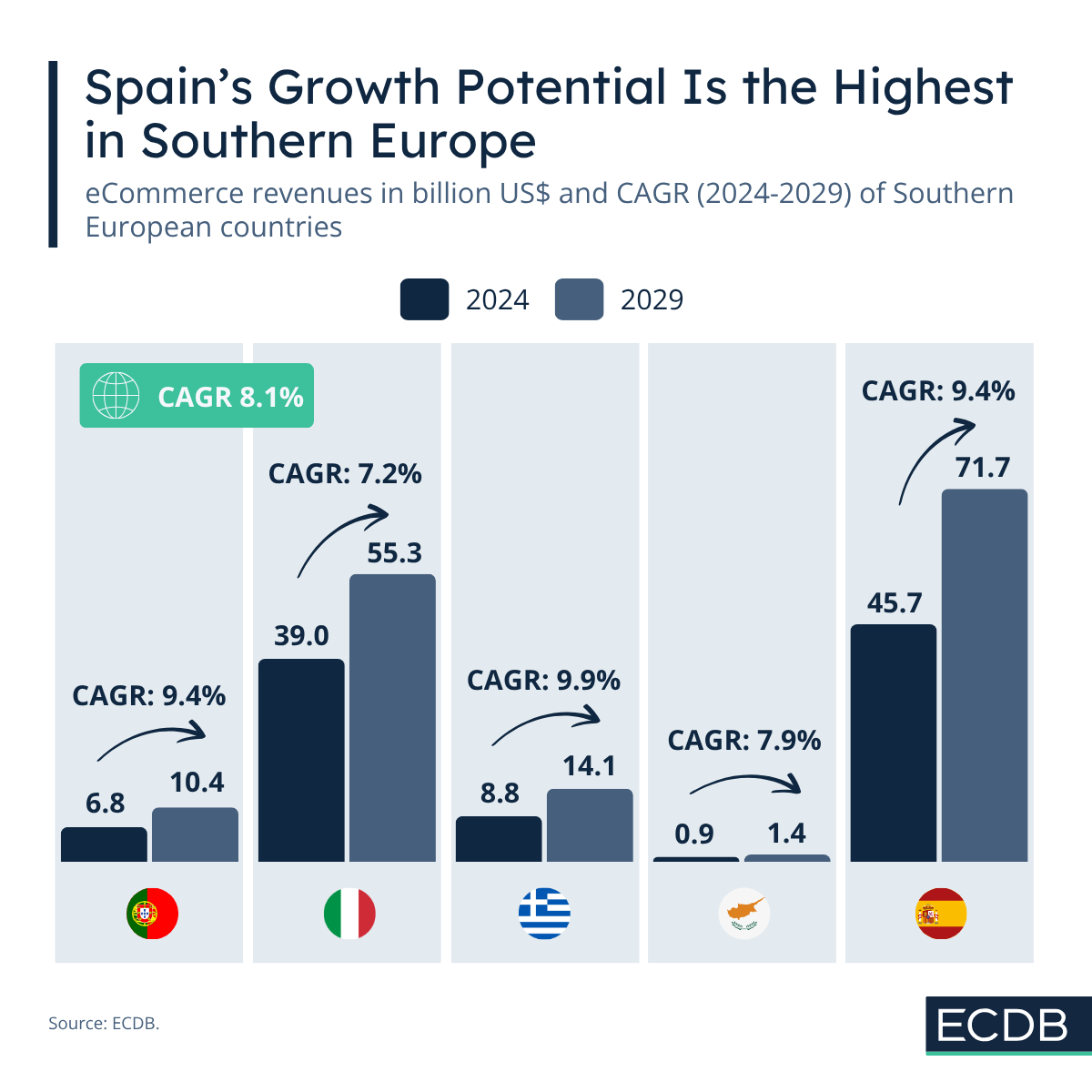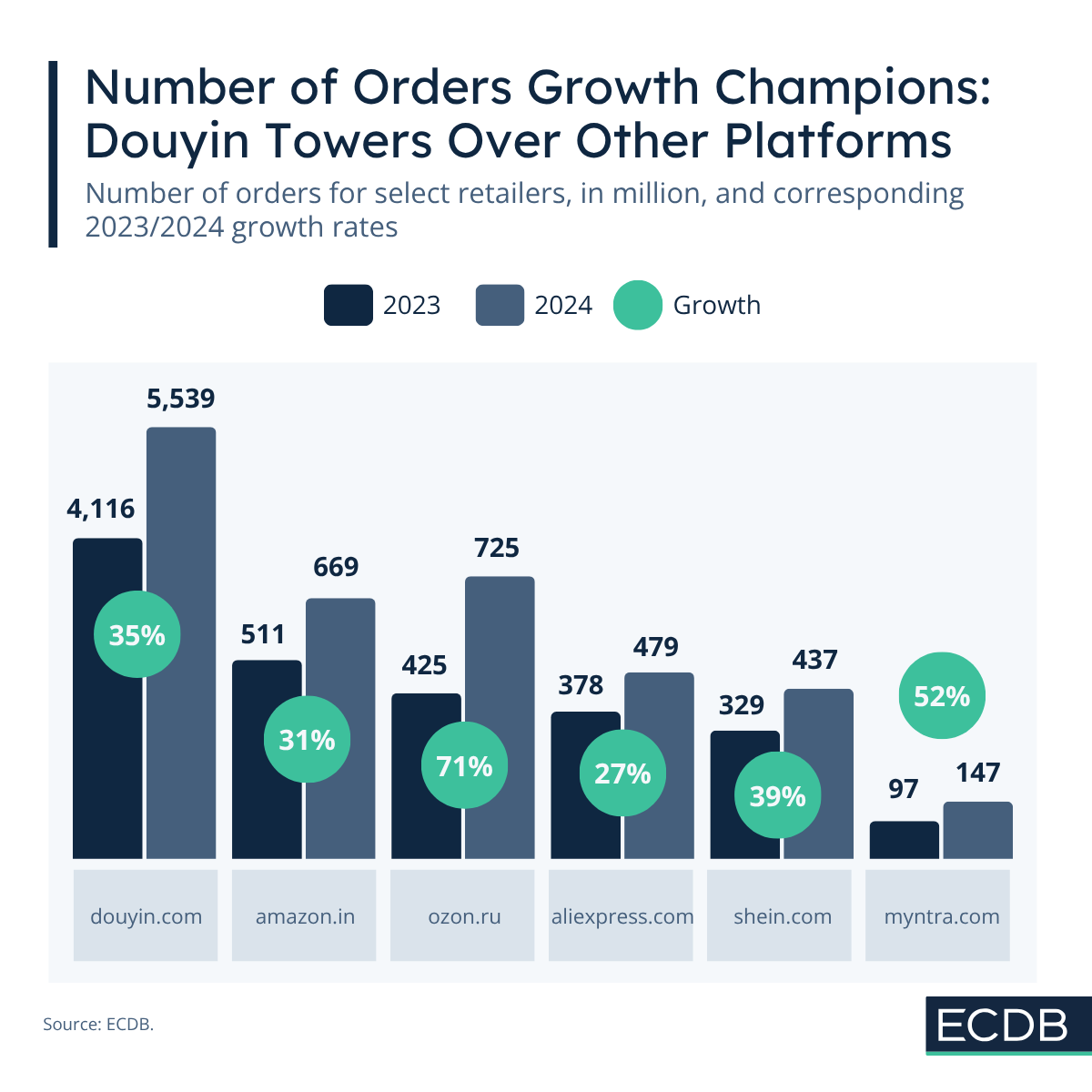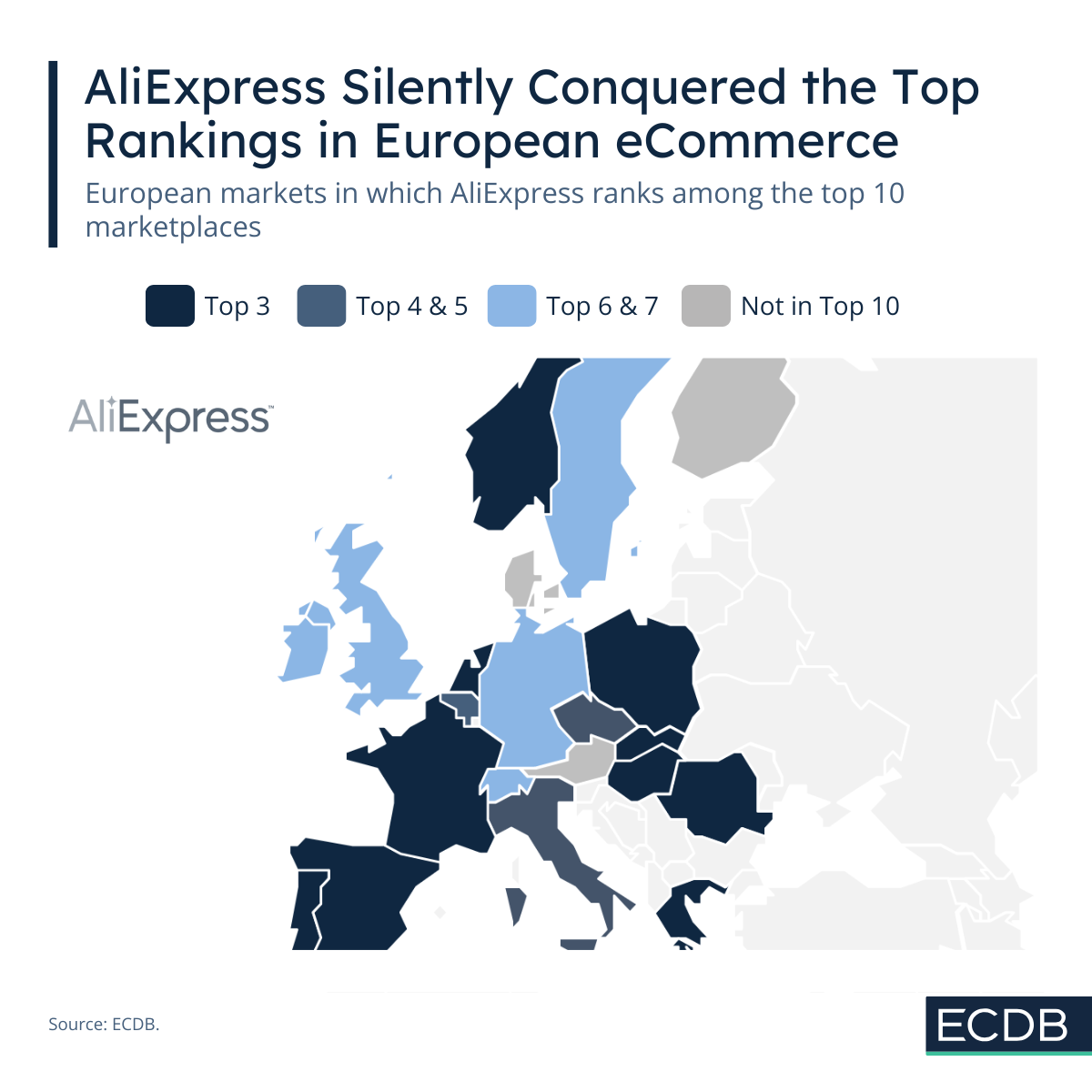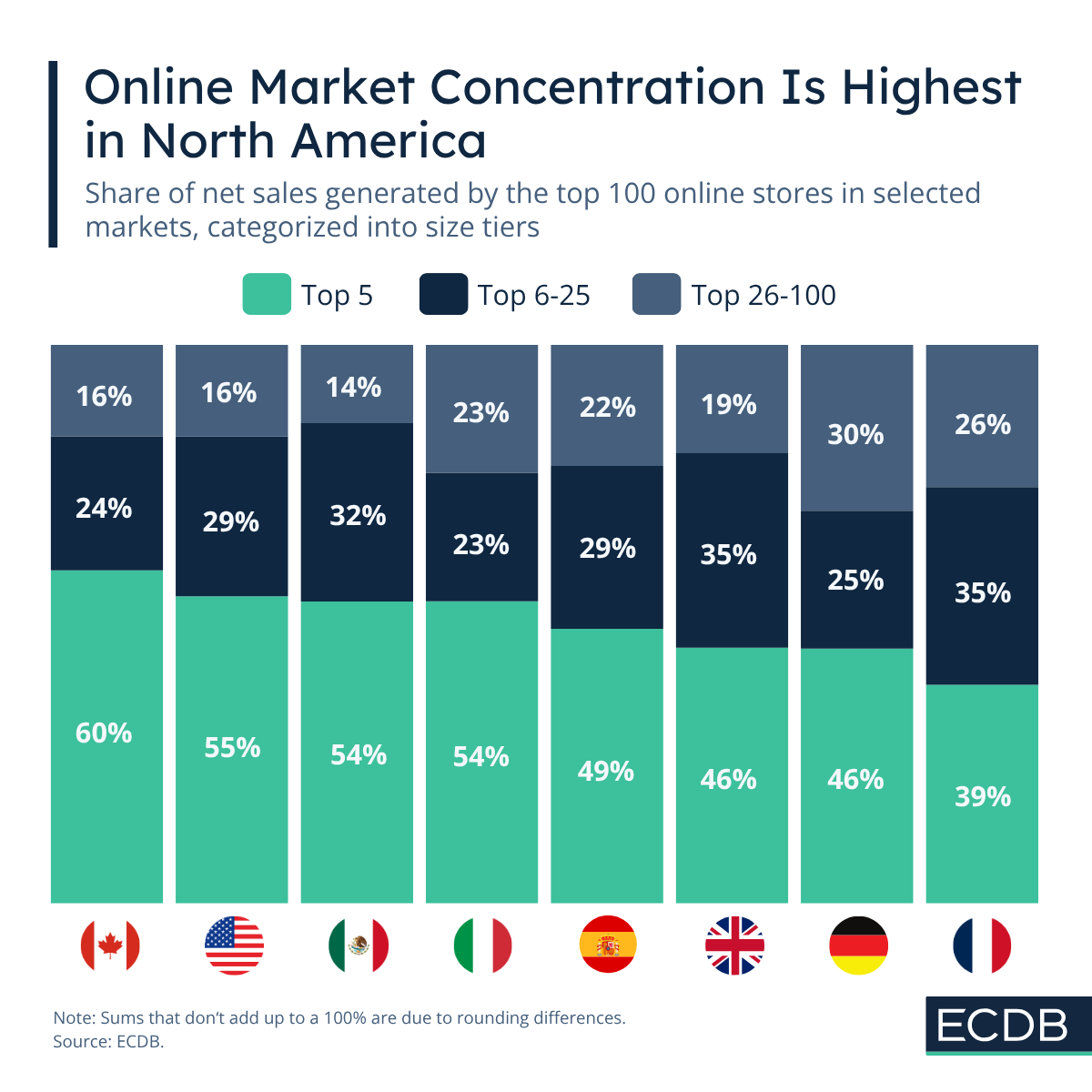
Blog
The ECDB Blog turns data from the Tool into eCommerce insights that illustrate which use you can make of our comprehensive data. It elaborates on relevant eCommerce news to help your brand gain a broader perspective on current retail trends and their effects. Our articles are carefully crafted to present to you the latest market trends, including retail, payment, shipping, transactions, cross-border and more.
All Articles


Shein’s Year-on-Year Success Counters Asos’ Decline in Monthly Breakdown

Top eCommerce Conferences & Events With ECDB in 2025

Which Platforms Stood Out with High Number of Orders Growth in eCommerce

AliExpress Entered Most of the Top Marketplace Rankings in Europe

Market Concentration in eCommerce: In North America, Large Companies Prevail
Ready To Get Started?
Find your perfect solution and let ECDB empower your eCommerce success.